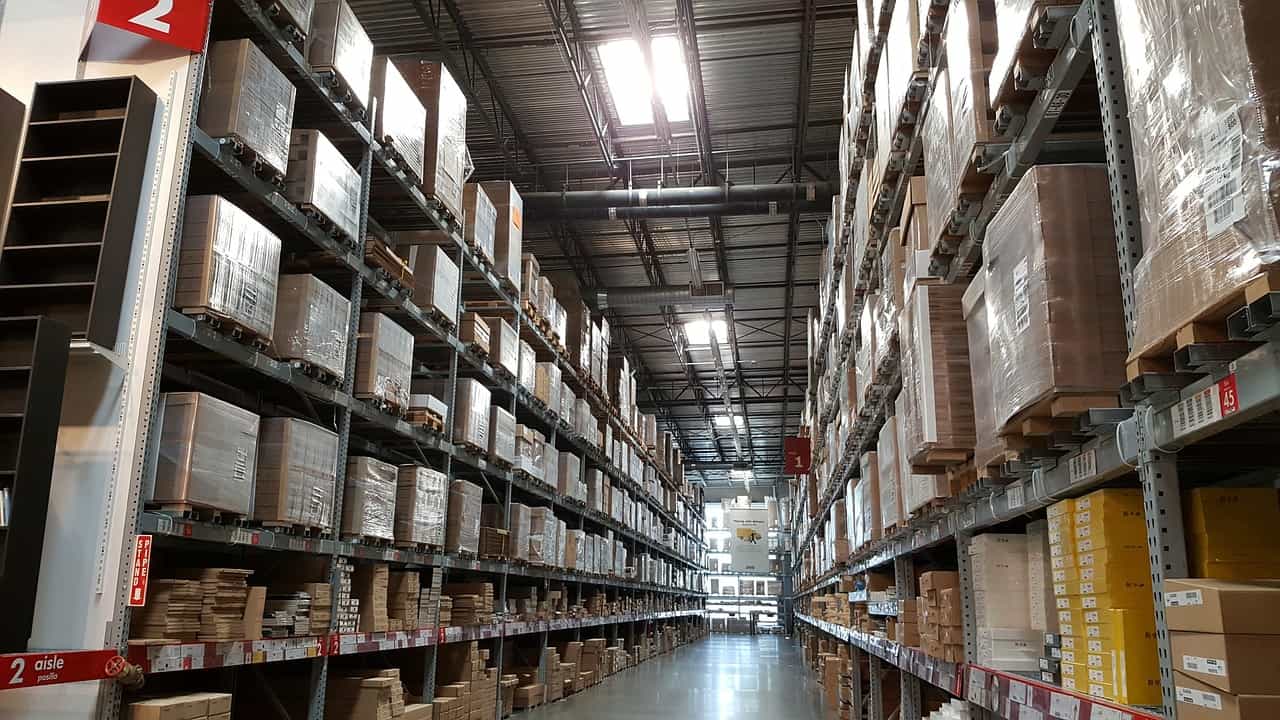Gary Connolly gives another insight into the treacherous world of investment, this time with an IKEA analogy.

Gary Connolly
You know the feeling – buying self-build furniture, getting it home and putting it together. In a lot of cases you end up with a piece left over, or else the piece of furniture is put together but is just that bit wobbly.
Many find the trip to IKEA to be stressful, as they approach the turn-off on the M50 their ‘domestiphobia’ (the irrational fear of domestic chores) rises from the pit of their stomach and this feeling doesn’t abate until they are back on the M50 on the way home.
Interestingly IKEA discovered some years ago that the very act of putting effort into the creation of something adds to our perceived value of that something. This brings about a strong internalised notion that effort equates to quality. It even has a name – the IKEA effect – as labelled by behavioural economist Dan Ariely. In four studies in which consumers assembled IKEA boxes, folded origami and built sets of Lego, Ariely demonstrated a clear increase in valuation of self-made products.
Similarly with Betty Crocker cakes – initially all one had to do was add water to the mix but it was found that customers felt guilty as that was all they were doing. There wasn’t much effort involved and so sales became sluggish. So the recipe was changed such that it required an egg as well. This more ‘complicated’ process made customers feel that there was more effort and contribution to the end product.
From an economic point of view it is a long held view that we should place more value on items that save us work time. We should be prepared to spend more in order to save time. However, this really can jar with reality.
The IKEA effect is also relevant to the investment world.
I’ve long argued with financial advisers who I work with that it is important to get clients fully committed so that when the going gets tough, that they don’t back out.
Planning is crucial, it is the only part of the investment process over which we have control.
After that, there is no guarantee that more effort equals higher returns. In fact, it can go the other way. And because of this, the dangers are particularly evident when people decide to go down the investment route alone – the DIY route.
Think back for a moment to the IKEA bookshelf – you put it together, it’s only a bit wonky and it looks great in that corner of the room – that’s the easy part. But when you start to load it with books, the unstable leg can’t hold up the load and can more easily collapse.
Your DIY approach to investment can collapse in the same way. At the very beginning they can work well and appear to be great but as you build up your portfolio, and with the nature of financial markets, the instability – or the wonky leg – can start to fail and believe me, this is far more serious than an unstable bookshelf.
The timescale of feedback is the issue. The bookcase into which you put so much effort can be seen to rock from side to side, so the feedback is instant. The same is with the cake – when you open the oven door and it hasn’t rose. Think of the horrified faces that emerge regularly on the Great British Bake Off – those reactions are instantaneous.
Now think about the frequency of the feedback on your investment portfolio. It’s just not that frequent even though we get day-to-day updates on the markets. So as you build up your portfolio, you are bound to invest in some ‘clangers’ but you won’t know whether your investments are ‘working’ or not for a number of years.
Now think back to the effect of the full bookshelf on the wonky IKEA leg: they will come tumbling down along with the pictures, etc. that are there. This will just cause inconvenience and a mess but when your investment portfolio collapses it can cause irreparable damage and huge financial loss.
So similarly to domestiphobia, perhaps we should consider ‘investophobia’. While the latter won’t affect you at the M50 turn off – investophobia is really not such a bad thing.
A fear of making solo investment decisions is quite rational and is probably a good thing. My advice is that the simplest and best solution is to seek external independent advice in relation to investing.
It could help you prop up or secure the ‘wonky’ leg on your portfolio. Now, back to my bookshelf, I wonder what that hinge is for?
Warning: Past performance is not a reliable guide to future performance
Gary Connolly is Managing Director of iCubed, promoting better investment outcomes through a collaborative approach to investing. He can be contacted at gary@iCubed.ie or on Twitter @gconno1. iCubed Training, Research and Consulting, trading as iCubed, is regulated by the Central Bank of Ireland.






